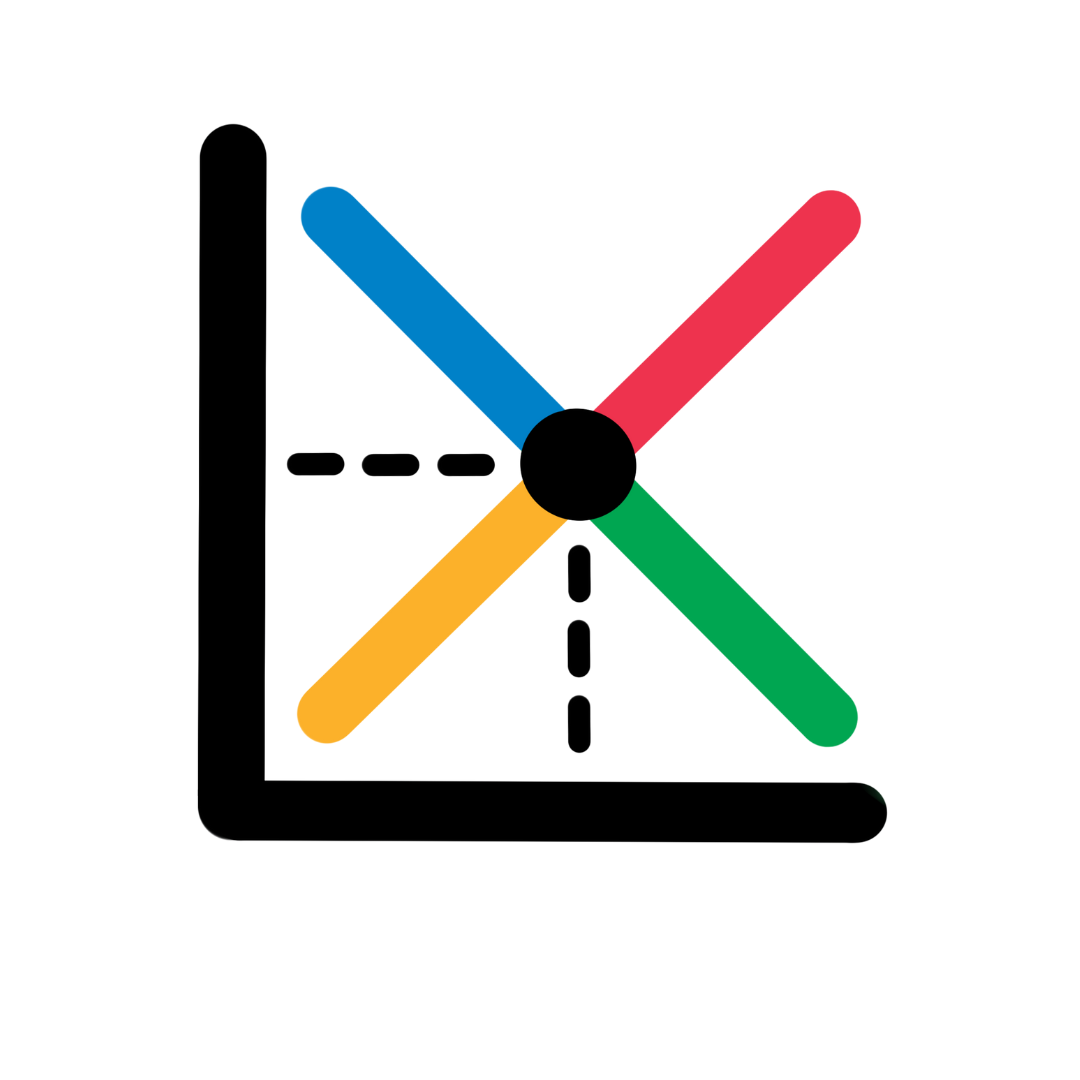Topic 1: Introduction to Economics
Hi everyone! We’re so glad you decided to learn economics with us. The first question I’m sure you’re asking is: what actually is economics?
Economics is the study of how people make choices in a world with limited resources (scarcity!) to meet their needs and wants. It looks at how goods and services are produced, distributed, and consumed in our world.
This is a great video to discuss the basic topics that make up economics!
Link HereScarcity, the concept that resources are limited is an integral concept in economics.
Opportunity cost is the value of the next best (important!) thing you give up when you make a choice. It's what you miss out on when you decide to do one thing instead of another. Because scarcity exists, there is always an opportunity cost, and decisions are made to minimize this sacrifice.
Economics assumes that people make choices to maximize their utility, or the satisfaction gained from a good or service. It assumes “rational self-interest,” and making decisions for the most self benefit. Seems logical, right?
Link HereMarginal Analysis is the study of the additional benefits and costs of making a small (marginal) change in the level of an activity. It helps people decide whether to do a bit more or a bit less of something by comparing the extra benefits (marginal benefits) to the extra costs (marginal costs). Should you invest in a house? Should I eat another ice cream cone? All of these choices have benefits, of course, but costs as well (the money you spent on the house and the incoming stomach ache). Furthermore, every choice has an opportunity cost– the next best choice foregone.
Link HereLink HereEconomic resources, also known as factors of production, are the inputs used to produce goods and services. They include land (natural resources), labor (human effort), capital (machinery, buildings, tools), and entrepreneurship (the skill to combine these resources to create products and services).
Link HereOne of the most basic curves to understand is the production possibility curve (PPC). It showcases the combination of goods and services society can produce, assuming full employment, fixed resources and technology, and the existence of only two goods/services.
Link HereGreat job! You finished module 1!
Quiz
Take this quiz to test your knowledge!
What does the concept of scarcity in economics refer to?
If you choose to spend your afternoon playing video games instead of studying for a test, what is the opportunity cost of your decision?
What does a point inside the Production Possibilities Curve (PPC) indicate?
Marginal analysis involves comparing:
Which of the following is an example of a public good?
Why do people have to make choices in economics?
When deciding to buy a new phone instead of a new bike, the opportunity cost is:
What could cause the Production Possibilities Curve (PPC) to shift outward?
